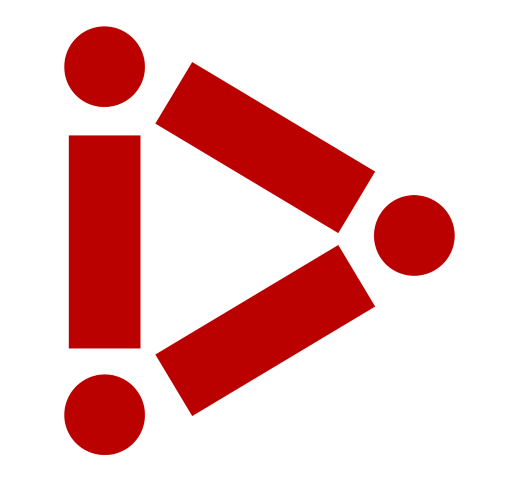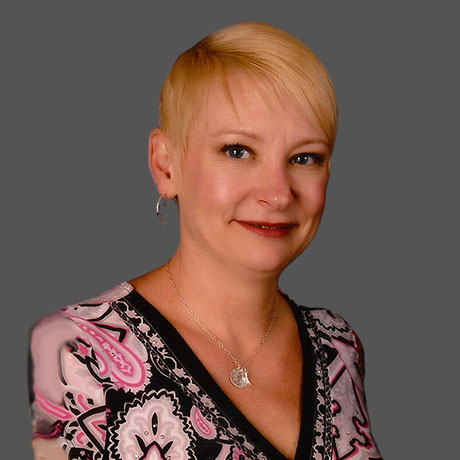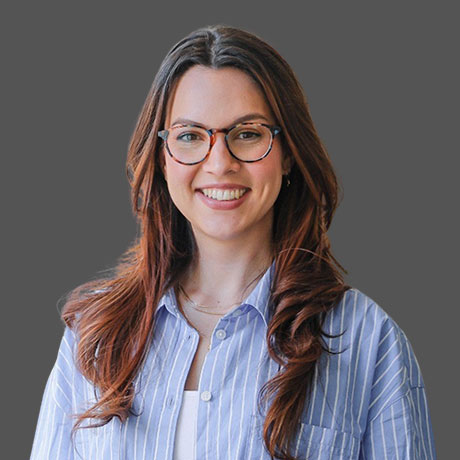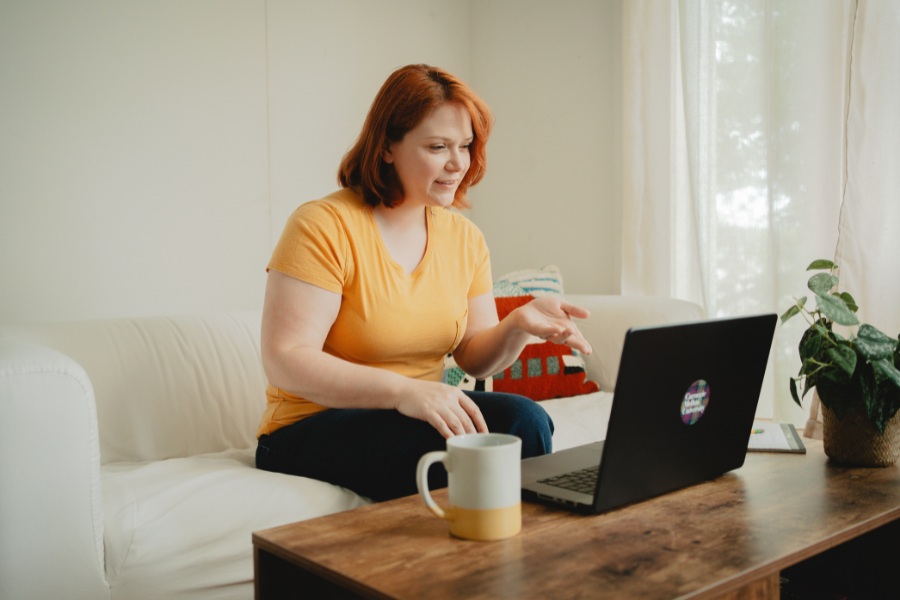
Innovating Services and Experiences
Students redesign existing experiences as part of the Innovation of Services and Experiences course. This course is part of the Online Product Design Innovation Certificate.
By Jess Ignasky
Part of the Product Design Innovation certificate, the Innovation of Services and Experiences course teaches students techniques to design services and experiences while shifting between different perspectives.
This means defining services, experiences, and related systems in the design world. Students consider holistic product offerings that span UX/UI, physical products, and human activity.
“In the final course project, students carry out research on an existing service of their choosing. They focus deeply on a single topic area to analyze the current experience and design a future state experience that is innovative,” Professor Julie Saunders explains.
“Students conduct user research, synthesize results into meaningful insights into people’s needs and motivations, brainstorm ideas and sketch concepts, and build and test prototypes. Students are expected to look beyond “cookie cutter” experience design templates to formulate thinking and a position about the experience that is unique and specialized. The project culminates in a pitch intended for prospective investors.”
Innovating the Warby Parker Service System
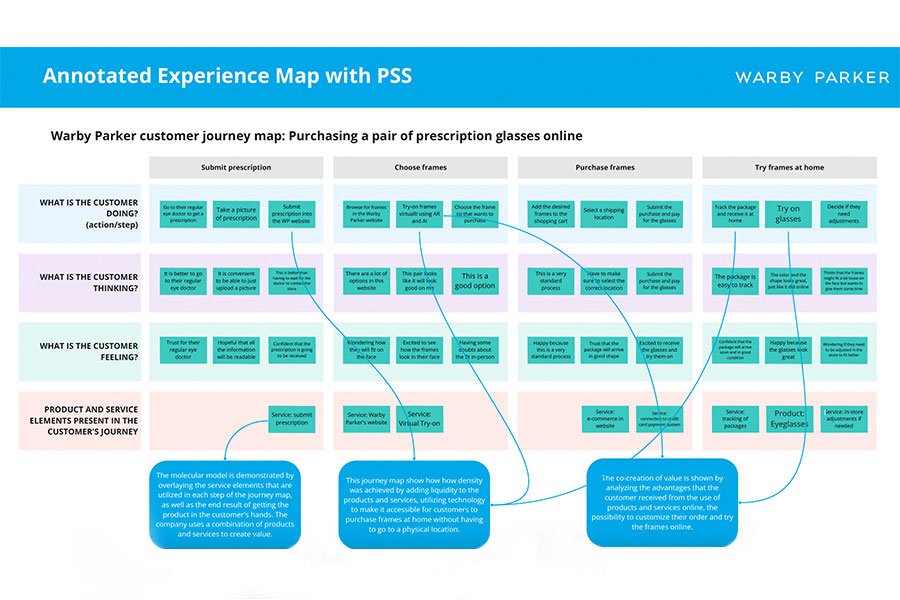
Verónica Alfaro Arias (MIIPS Online ‘27)
In this project, I analyzed the product service system of Warby Parker, a retailer of prescription glasses, contact lenses, and sunglasses. I first sought to understand the relationship between their services and products and the way that the company has used technology and artificial intelligence to reach a larger population and improve the customer experience.
iii: What are your biggest takeaways from this project? What skills can you take with you?
Verónica: I enjoyed learning about the product service system and the different models that can be used to analyze how a company combines services and products to create value for its customers. I will take with me the learnings of creating a density model and a co-creation of a value model to understand the product service system and analyze the impact that technologies have in creating a more cohesive and accessible customer experience.
iii: Did you face any challenges working on this project? How did you overcome them?
Verónica: Understanding how to best utilize the product service system models for Warby Parker was challenging because it was hard to get a deep understanding of the company by only reading online materials and visiting stores. I was able to overcome this challenge by presenting my work to my peers, getting feedback from them and incorporating it into the final deliverable, and also asking questions frequently to my professor and TA who were always available to answer any questions and provide guidance.
iii: Have you used any of the skills learned in this course/project in your career?
Verónica: I work in the field of healthcare and service design is core to the work I do, I enjoy having a more theoretical understanding of how to create value for customers from a business and strategy perspective, for example putting time and effort into thinking how to retain the existing patients, instead of only thinking about attracting new ones. These are skills that have already proven to be valuable when having conversations with my manager and my peers.
iii: Anything else you’d like to share about the project?
Verónica: I liked analyzing a very tech-centric company but from a human-centered perspective. Earlier in the course we conducted surveys to gauge people’s understanding of AI and it was interesting to learn from real customers and incorporate those learnings into the final project.
